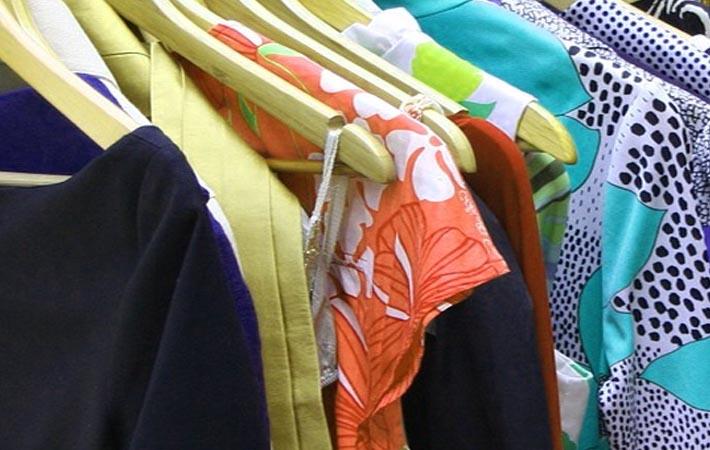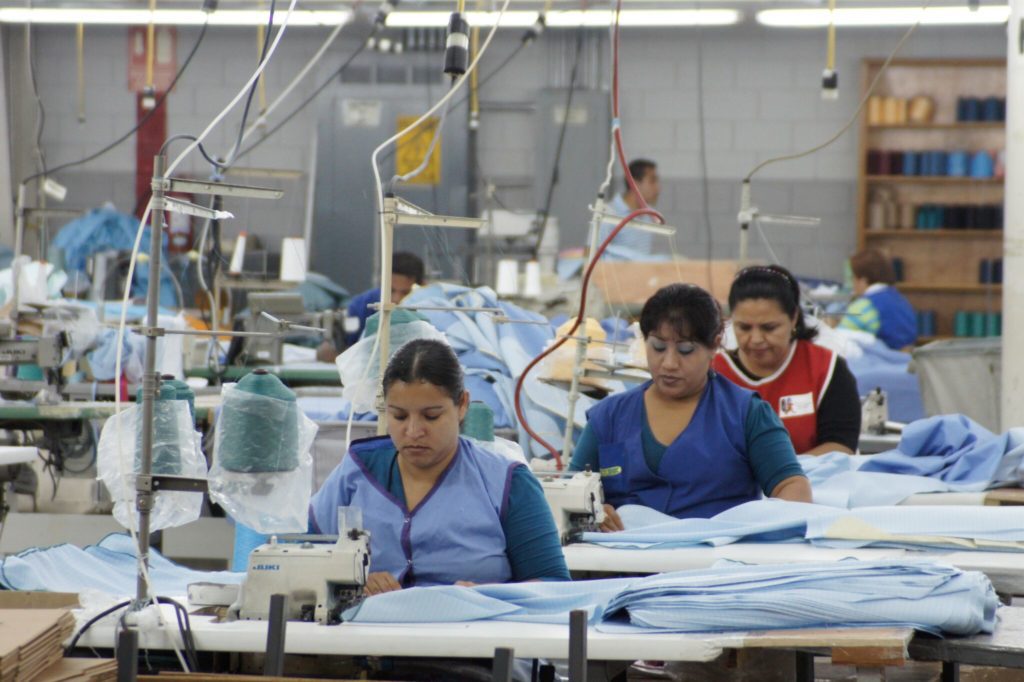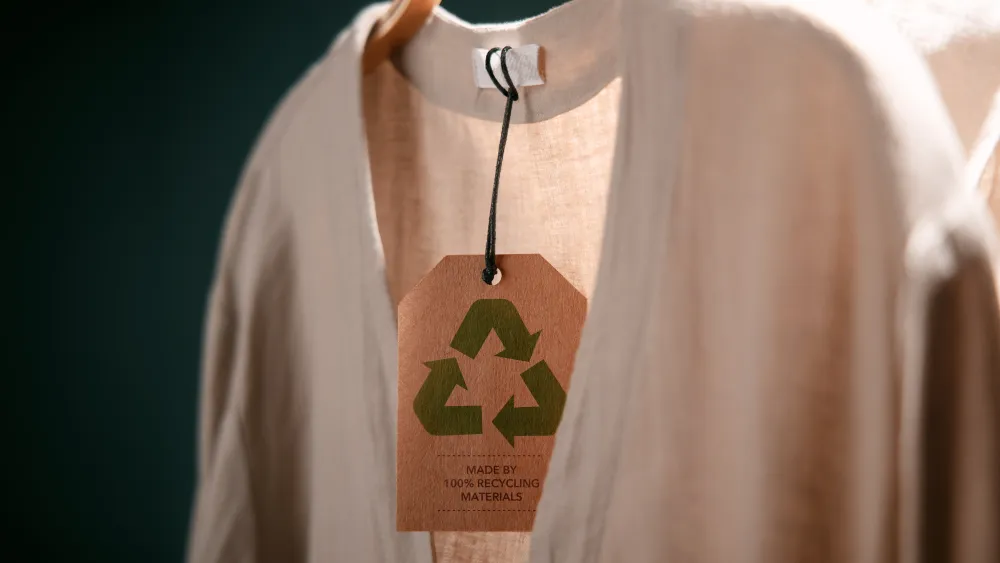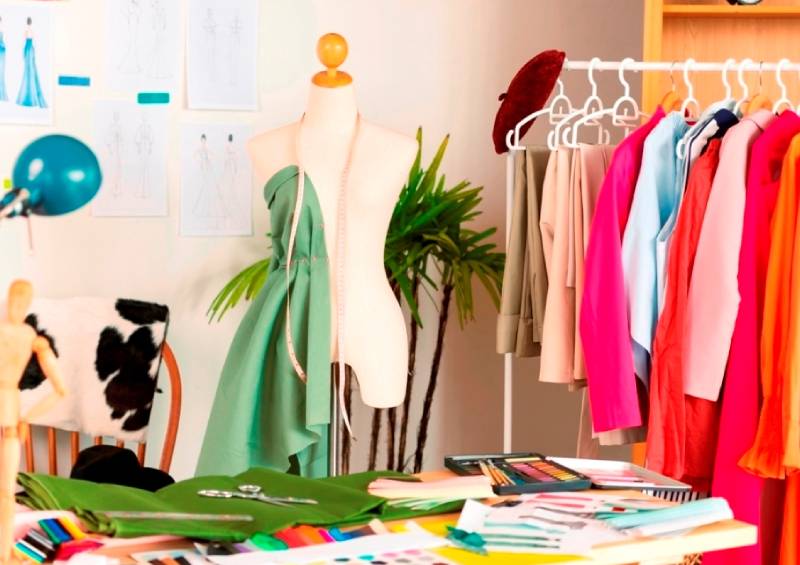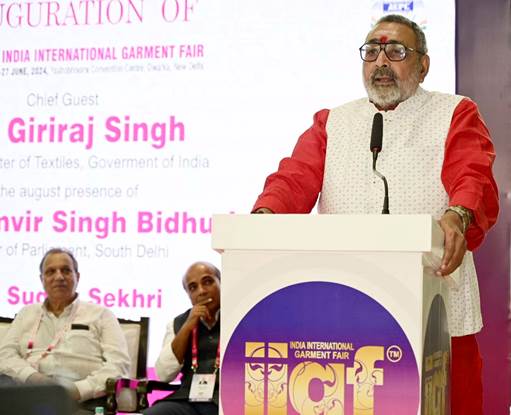FW
The global work wear market is projected to reach $47.4 billion by 2020, driven by rapid consumption in emerging markets and technological advances in fabrics and functionality.
Work wear comprises various categories including basic work wear, technical wear, corporate wear and protective wear. The gradually reviving construction industry, steady growth in food service industry and the expanding healthcare sector along with subsequent rise in employment in these sectors are all contributor to the growth of global work wear market. Rising emphasis on worker health and safety issues, stricter government mandates, technology innovations, and increasing pressure to reduce costs associated with workplace related injuries, disability and death will drive future growth in the market. Encouraging gains in global manufacturing are also signaling an optimistic outlook for work wear given its use in diverse manufacturing industries.
Work wear fabric innovation is an important focus area among manufacturers. Recent fabric innovations poised to benefit the market include Tencel, a fabric made of eucalyptus pulp, and Synergo, a soft-shell stretch fabric. Also, the preference for green and environment-friendly apparels is expected to grow in the long-run. Supported by technological advances in manufacturing and product designing, performance apparel with features such as moisture-wicking, anti-bacterial and anti-infection properties is expected to witness steady growth over the next few years.
ACIMIT, the association of Italian textile machinery manufacturers, and ICE, the Italian trade agency, will take part in the 2014 edition of Techtextil North America from May 13 to 15 at Atlanta, Georgia. The associations have organised a meeting point where 13 Italian machinery manufacturers involved in the production of machines for technical textiles will showcase their innovative solutions. Techtextil North America showcases the latest Italian technology for technical and innovative textiles. Key US markets have seen a rise in demand for technical and innovative textiles.
The US market for specialty fabrics and technical textiles registered a 2 per cent growth in 2013, and the projections for 2014 are also positive. In 2013, Italian sales of textile machinery reached €72 million, an increase of 4 per cent compared to the previous year. In 2013, the most relevant share of the Italian machines exported to US was for the finishing sector (30 per cent), followed by accessories (28 per cent).
ACIMIT represents an industrial sector comprising around 300 companies and producing machinery for an overall value of €2.3 billion, with exports amounting for 84 per cent of total sales. Italian textile technology is sold in about 130 countries worldwide.
www.acimit.it/
ACIMIT, the association of Italian textile machinery manufacturers, and ICE, the Italian trade agency, will take part in the 2014 edition of Techtextil North America from May 13 to 15 at Atlanta, Georgia. The associations have organised a meeting point where 13 Italian machinery manufacturers involved in the production of machines for technical textiles will showcase their innovative solutions. Techtextil North America showcases the latest Italian technology for technical and innovative textiles. Key US markets have seen a rise in demand for technical and innovative textiles.
The US market for specialty fabrics and technical textiles registered a 2 per cent growth in 2013, and the projections for 2014 are also positive. In 2013, Italian sales of textile machinery reached €72 million, an increase of 4 per cent compared to the previous year. In 2013, the most relevant share of the Italian machines exported to US was for the finishing sector (30 per cent), followed by accessories (28 per cent).
ACIMIT represents an industrial sector comprising around 300 companies and producing machinery for an overall value of €2.3 billion, with exports amounting for 84 per cent of total sales. Italian textile technology is sold in about 130 countries worldwide.
www.acimit.it/
Lectra, a leading player in integrated technology solutions catering to industries using soft materials like fabrics, leather, technical textiles and composite materials recently organized ‘Lectra Fashion Seminar’ in Bordeaux-Cestas (France). Fashion companies from around the world got an opportunity to learn how Lectra’s innovative approach can help reduce costs while maximizing quality, with a new focus on lean development and manufacturing.
The event hosted 70 delegates representing 40 fashion and apparel companies from Europe, North America, Africa and Asia at Lectra’s International Advanced Technology & Conference Center, in Bordeaux, France. This seminar explored how businesses can use best practice expertise and technology to improve the fashion and apparel development cycle and optimize workflows.
Lectra showcased a host of solutions such as design, product lifecycle management (PLM), pre-production and production, which are applied according to a customer’s specific process among others. Live demonstrations of Lectra’s end-to-end approach were presented to the audience.
Lectra experts shared knowledge on the changing landscape of fashion market and increasing urgency to align front-end process with pre-production and production to increase design and style options, understand costs and generate substantial material savings was appreciated by the attendees. In addition to areas of bottom-line improvement, demonstrations also provided a look at how design, 3D and collection management technologies can be leveraged to create top line growth opportunities.
BTSR will be focusing on promoting innovative yarns storage and feeding solutions at leading trade fairs this year. The Italian company has recently introduced disruptive Unifeeder technology that aims to displace current state-of-art of yarn storage feeding technology and is destined to dramatically impact the socks, hosiery and knitted textiles manufacturing sectors.
Unifeeder is a new multi-patented concept featuring a brand new Yarn Antitwist System which guarantees total combined yarn feeding and storage control. BTSR says this represents the first ‘positive storage’ feeder concept which has been introduced to the market.
Unifeeder technology includes input yarn breakages and knots detection control as well as yarn tear compensation, providing real-time machine stop signalling and preventing needles breakages, yarn waste and second rate production. The machine is said to feature minimized size and weight – 50 per cent smaller and lighter than traditional storage feeders - allowing the simplest and most cost saving installation configurations.
BTSR aims to offer great value to its customers worldwide with its widely reaching international distribution network covering more than 40 countries from Europe to North and South America as well as the Far East.
www.btsr.com
Shima Seiki Italia, the Italian subsidiary of leading Japanese computerised knitting machine manufacturer Shima Seiki has organized a private exhibition from March 26 to 28, 2014 at its headquarters in Segrate, Milano. The exhibition is showcasing the company’s technologically advanced line-up of computerised flat knitting machines, each featuring four-needle-bed knitting technologies. MACH2X series WholeGarment knitting machines feature Shima’s original SlideNeedle on four knitting beds for full WholeGarment production capability. SWG-FIRST series machines feature in addition to its two needle beds with SlideNeedes, a transfer jack bed and a loop presser bed for increased knitting capability. Its new launch, SRY123LP machine with two loop presser bed mounted above its conventional needle beds for inlay and other techniques for producing unprecedented knitwear with woven textures and fabrics for industrial textiles. The company is also displaying its SWG061N compact WholeGarment knitting machine.
Shima Seiki is demonstrating Shima’s SDS-ONE APEX3 3D design system, the company’s total knitting system concept. With comprehensive support of all aspects throughout the knit supply chain, APEX3 integrates knit production into one smooth and efficient workflow from planning and design to machine programming, production and even sales promotion.
www.shimaseiki.com
Intertextile Shanghai Apparel Fabrics-Spring Edition 2014 concluded recently with a huge increase in the number of overseas and Chinese buyers attending. Over 40,000 visitors attended the event that was held from March 3 to 5, 2014, a 60 per cent increase compared to the 2013 edition which was held in Beijing. This was a new record for the Spring fair. When broken down, it registered a 105 per cent increase in overseas visitors and a 52 per cent increase in domestic visitors from last year. Visitors came from 91 countries and the top five overseas buyer countries, excluding Mainland China, were: Korea, Hong Kong, Japan, India and the US.
On the exhibitor side, 1,469 companies from 23 countries and regions took part, with a 12 per cent increase in international exhibitor participation recorded. Exhibitors from Italy, Korea, Taiwan, Japan and Hong Kong made up the top five countries & regions, excluding Mainland China. In total the fair covered 50,000 sqm and three halls of the Shanghai World Expo Exhibition and Convention Center. </br>
Exhibitors felt the move to Shanghai was good for business since it is close to Guangdong, where most of the factories are based. Trading companies and end-buyers from Europe and America also tend to have offices in Shanghai so it was more convenient for them. Overseas buyers were also pleased with the added convenience from the number of manufacturing plants located close to Shanghai.
With mixed economic news coming out of China over the last year, exhibitors were pleased to discover that the demand for quality overseas products has not diminished. Rescheduling the fair to earlier in March also had a positive impact on exhibitors and buyers. With an increase in the number of international exhibitors, and the continuing advances made by domestic firms, buyers to the fair were left satisfied with the fabric options on offer.
The Intertextile Directions Trend Forum and the Fabrics China Trend Forum were inundated with buyers, including many designers, looking to discover the Spring/Summer 2015 trends. Seminars on a range of topics also helped buyers keep abreast of the latest industry information. Next year’s spring edition will be held from March 18 to 20, 2015 at a new venue in Shanghai, while the autumn edition of the fair will be held from October 20 to 23, 2014 at the Shanghai New International Expo Centre. The Yarn Expo Autumn fair will also take place concurrently.
www.intertextileapparel.com
Bangladesh's apparel sector trade body BGMEA plans to brief foreign diplomats, donor agencies and other stakeholders on the progress made so far, especially after the Rana Plaza collapse that brought the poor working conditions on in Bangladeshi factories to the fore. The Bangladesh Garment Manufacturers and Exporters Association (BGMEA) has organised a meeting on April 10, with the aim to restore country’s image. The meeting is expected to be attended by diplomats from 14 European Union (EU) and other countries including: the US, Canada, the Netherlands, Denmark, Norway, Sweden, France, Australia and other donor agencies including the IFC, GIZ and JICA.
Secretaries from foreign, commerce and labour ministries alongside representatives from the buyers' forum are also expected to join the meeting. The move has been initiated just ahead of the first anniversary of the tragic Rana Plaza incident, which took place on April 24, 2013 leaving more than 1,100 garment workers dead and many others injured.
A BGMEA team comprising 30 officials was monitoring the safety standards and social compliances while it appointed 10 engineers to strengthen safety inspection and monitor factories' structural safety. A crash training program on fire safety for mid-level management and supervisors of factories was also being held and it already covered 1,400 factories. Many foreign brands, sourcing from the Bangladesh factories have announced their plans to offer compensation to the victims of the calamity.
www.bgmea.com.bd
Textile Arabia, with 120 national and international exhibitors showcasing apparel, machinery, clothes and latest equipment and technology from Germany, Italy, France, Pakistan, the UAE, Taiwan and other countries, began on Tuesday. The exhibition, which ends on March 28, was opened by Jeddah Chamber of Commerce and Industry (JCCI) Vice Chairman Mazen Batterjee at Jeddah International Centre for Forums and Events.
The exhibition, which has the participation of businessmen and investors, and especially those interested in textiles, is organized by Al-Harithy Company for Exhibition (ACE) in cooperation with the JCCI. Batterjee points out such exhibitions contribute to the development of the Kingdom’s textile industry.
The size of ready-made clothes and textiles market in Saudi Arabia is estimated at SR10 billion. The Saudi market imports over 85,000 tons of textiles and readymade garments, 90 per cent of which is imported from Italy, France, Thailand, Taiwan and China, in addition to some Arab countries.
Textile Arabia focuses on the immense market potential as a comprehensive event representing all areas of the transport, import/export and manufacturing cycle. The dedicated textiles machinery and accessories show provides a platform for textiles and fabrics, fibers and abayas, thoubs and ghuthras, leather goods, home furnishings, textile dyes and treatments as well as machinery and related services.
Ihram for men and abayas for women form a large section of this expanding market due to the increasing number of Haj and Umrah pilgrims. Tents and towels are also in great demand.
www.acexpos.com
With manufacturing costs continuously increasing in China and across Asia, many nations are exploring new apparel sourcing destination. Many companies are diverting their sourcing needs to newer countries and African continent is emerging as the answer to their quest. Speaking during the AAFA webinar, Marie D'Avignon, Manager of Government Relations for the American Apparel & Footwear Association (AAFA) said that there are three main reasons why Africa is becoming a great option for sourcing.
Firms, want to create jobs in countries that need them, and ensure their factories are in countries where workers are well-treated. AGOA (the African Growth and Opportunity Act originally passed in 2000 and set to expire in September 2015, aimed to provide economic opportunities to countries showing a commitment to good governance and democratic principles. Africa’s growing population is also said to proving as a major pull factor for investors.
In addition to the opportunities, however, there are also challenges like communication barriers, poor infrastructure, slow border processes and many countries within Africa not having a fast-paced business culture. The AAFA says there is a lot of input from local government to address the issues, expand their markets and attract investment.
AAFA is seeking interest in Africa from the US, with a lot of investment currently coming from Asia. Among the 54 countries, countries that appear to be benefiting from investor interest most, at the present time, include Swaziland, Kenya, Ghana, South Africa and Ethiopia.
www.wewear.org

